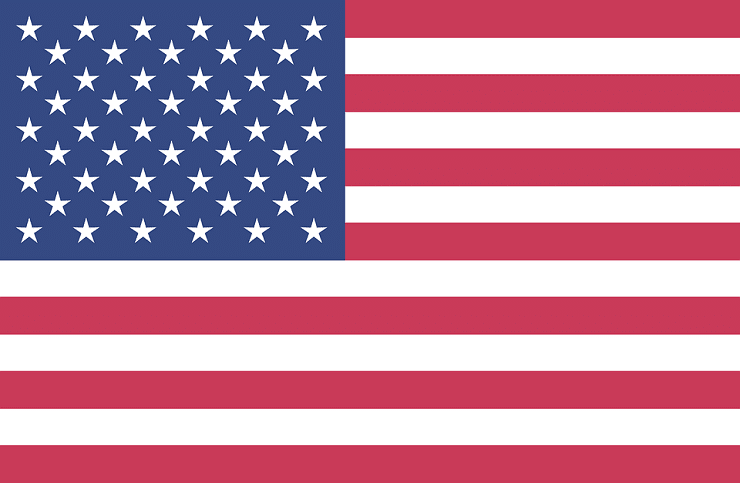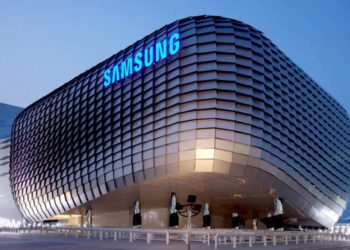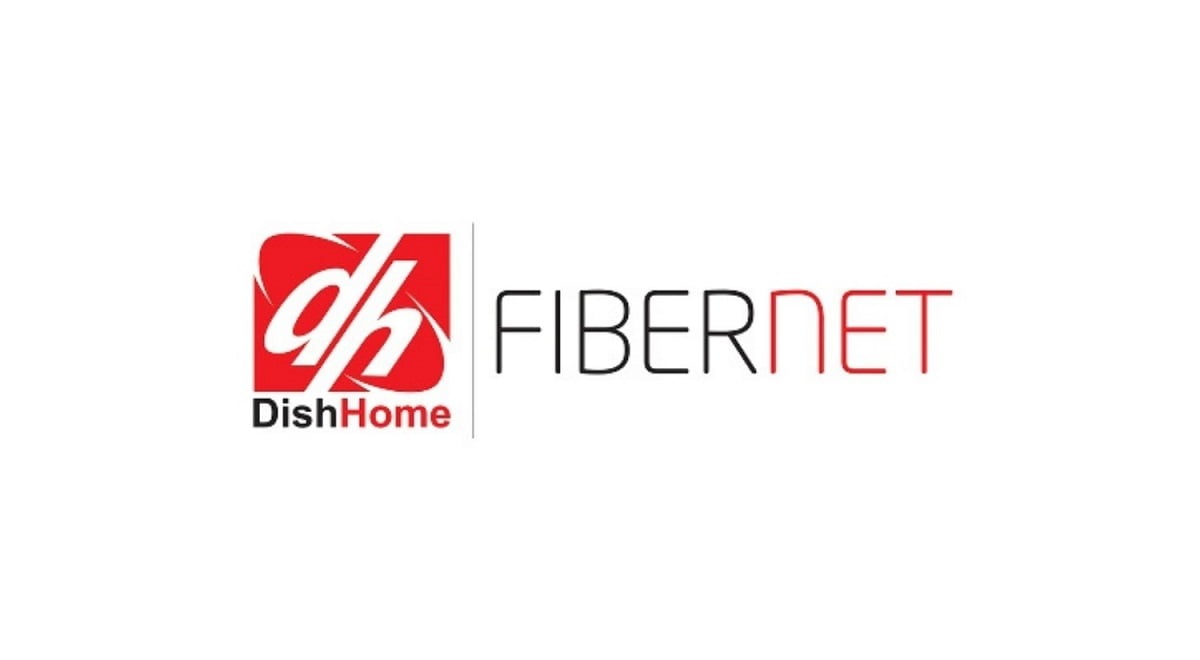US is one of the largest, advanced and saturated market for telecommunications. Even though the cellular technologies are of the same that is popular in the world, they operate in different frequency bands. So, smartphone vendors make a separate variant for US with the selected US frequency bands. People there and outside need to be aware for those different frequency bands. This post, we are posting the different frequency bands in US and the cellular technology used.
There are mainly five big Mobile Network Operators in US. Although there are GSM technology in US, they preferred CDMA for a long time, being their own home grown technology. Cellular operator like AT&T and T Mobile have network of GSM and its family (2G, 3G UMTS) whereas Verizon, Sprint and US Cellular have CDMA network and its family (CDMA 2G and EVDO 3G). US cellular, other smaller carriers and MVNOs have coverage and network for selected regions only. But they operate in the whole US due to domestic roaming with other carriers. GSM network in US works in, 850 MHz and 1900 MHz. GSM 900 also works for other small carriers but mainly of those two bands. UMTS network works with 850 MHz, 1900 MHz and 2.1 GHz frequency band. CDMA network (both 2G and 3G) works in 800 MHz and 1900 MHz frequency spectrum bands.
Operators have started reducing the frequency bands used for 2G, especially GSM to refarm for 4G LTE. AT&T already announced the shutdown of 2G, and T-Mobile is reducing the frequency spectrum for GSM. Similarly, other operators are also thinking to shut down or reduce 3G frequency spectrum, if VoLTE grows in this pace.
Check out: 2G, 3G, 4G and 5G network explained simply
4G LTE Frequency bands in US
4G LTE frequency bands in US are mainly of 700 MHz and 2.5 GHz. US carriers operates both TD LTE and FD LTE in several bands, mainly those bands. Other bands are 850 MHz, 1700 / 2100 MHz AWS, 1900 MHz PCS. AT&T operates 4G LTE in 700 MHz Band 12/17, 850 MHz Band 5, 1700/ 2100 MHz AWS, Band 4. 1900 MHz Band 2 and 2300 MHz WCS, Band 30. Similarly, Sprint has 4G LTE in 800 MHz Band 26, 1900 MHz Band 25, 2.5 GHz Band 41. T-Mobile has LTE and LTE Advanced in 1900 MHz Band 2, 700 MHz Band 12, 1700/ 2100 MHz AWS Band 4. Verizon has 700 MHz Band 13, 1900 MHz Band 1 and Band 2, 1700/ 2100 MHz AWS, Band 4.
US carriers are also using CBRS (Citizen broadband Radio Service) in 3.5 GHz for shared wireless access and also in Unlicensed band LTE-U or LAA. For 5G, US is considering 3.1 to 3.5 GHz, 28 GHz and 38 GHz frequency bands. We will have a seperate post for it.
Here is the summary of all the frequency bands in US, used for 2G, 3G, 4G cellular technologies and carriers.
| S.N | Cellular Technology in US | Frequency bands in US | Cellular carriers (Providers) in US |
| 1 | GSM | 850 MHz, 1900 MHz | AT&T( Closure), T-Mobile |
| 2 | CDMA (2G, 3G) | 800 MHz, 1900 MHz | Verizon, Sprint, US Cellular |
| 3 | WCDMA (3G) | 850 MHz, 1900 MHz, 2100 MHz | AT&T (850), T Mobile |
| 4 | 4G LTE | 600 MHz (B71) | T-Mobile |
| 700 MHz (B17, B12, B13) | AT&T, T-Mobile, US Cellular (B12), Verizon (B13) | ||
| 850 MHz (B26, B5) | Sprint, US Cellular (B5) | ||
| 1.7/ 2.1 GHz AWS (B4) | AT&T, Verizon, T-Mobile | ||
| 1.9 GHz (B2, B25) | AT&T, Verizon, T-Mobile, Sprint (B25) | ||
| 2.3 GHz (B30) | AT&T | ||
| 2.5 GHz ( B41) | AT&T, Sprint |













